Best 2XKO graphics settings (PC)
Start here. These settings prioritize smooth animation and low input latency without making the game look muddy. Change them in Settings → Video, then restart the game to apply cleanly.
| Setting | Set to | Why it helps |
|---|---|---|
| Display mode | Fullscreen | Gives the GPU full control; reduces stutter and input lag versus windowed modes. |
| Resolution | Low (or native if stable) | Lower pixel count lifts GPU load; raise later if FPS is stable. |
| Max framerate | Uncapped or 60 | Use 60 to cap thermals and power; uncapped can speed menus and lobbies. |
| Shader quality | Low | Cuts heavy effects that often cause frame dips. |
| Self shadowing | Off | Removes expensive per‑character shadows that don’t affect readability. |
| Bloom | Low | Reduces post‑processing overhead. |
| V‑Sync | Off | Lowers input latency; prevents artificial frame pacing issues. |
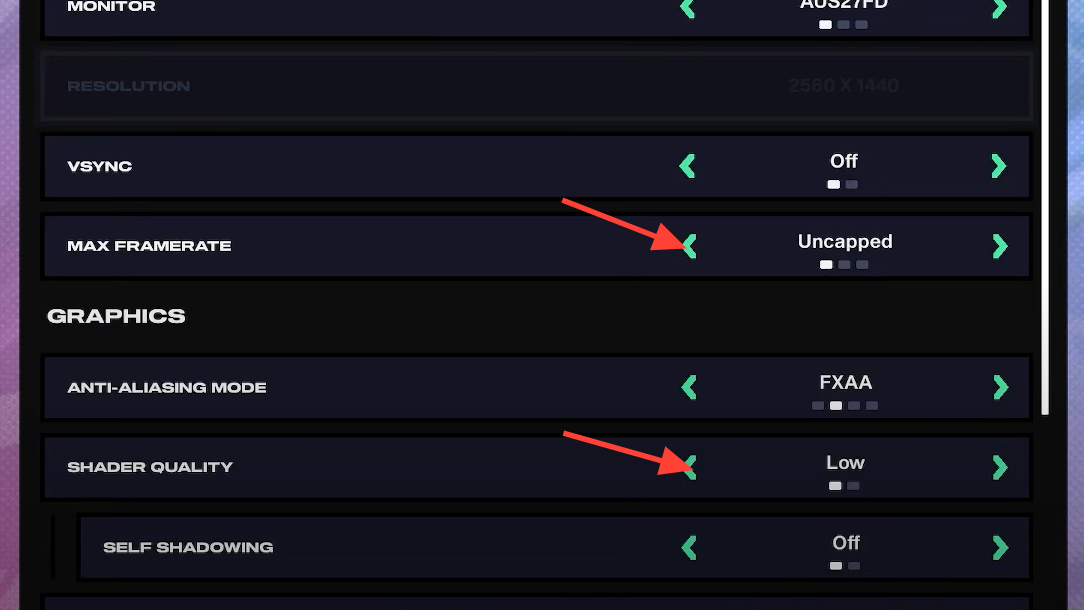
Make sure your PC meets 2XKO’s requirements
Before tuning, confirm your hardware and OS meet or exceed the game’s minimums. If you’re under spec, even aggressive settings won’t fully stabilize performance. Check the official system requirements on the 2XKO Support site at support‑2xko.riotgames.com.
Update GPU drivers and Windows
Out‑of‑date graphics drivers and OS builds are common causes of stutter, crashes, and unexpected FPS drops. Update your GPU drivers using the official guidance on the 2XKO Support page at support‑2xko.riotgames.com. Then update Windows to the latest release through Settings → Windows Update.
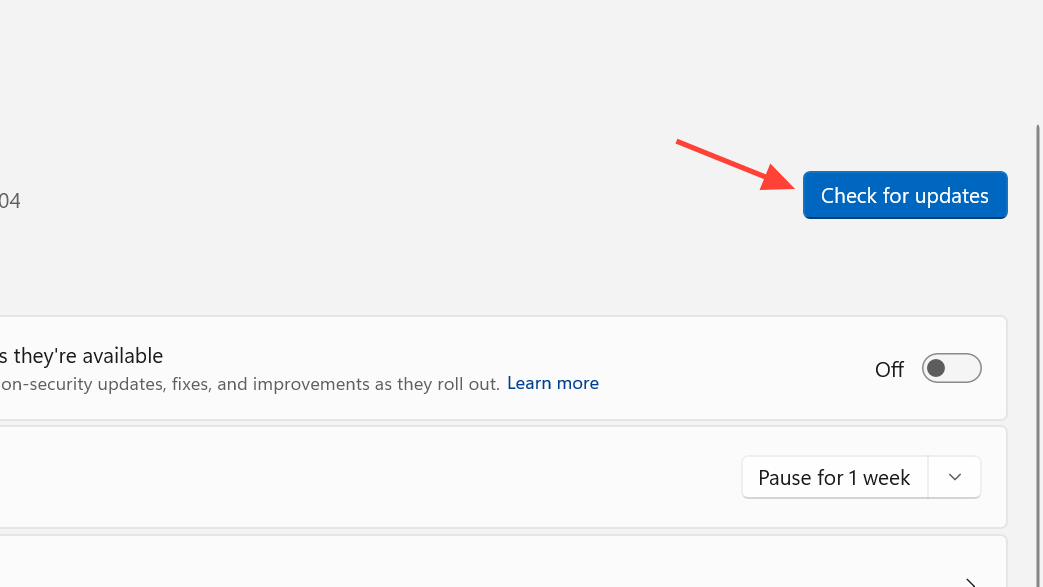
Clean boot to rule out conflicts (Vanguard required)
Background services can interfere with frame pacing. A clean boot helps isolate conflicts while preserving Riot Vanguard.
- Press Windows + R, type
msconfig, and press Enter.
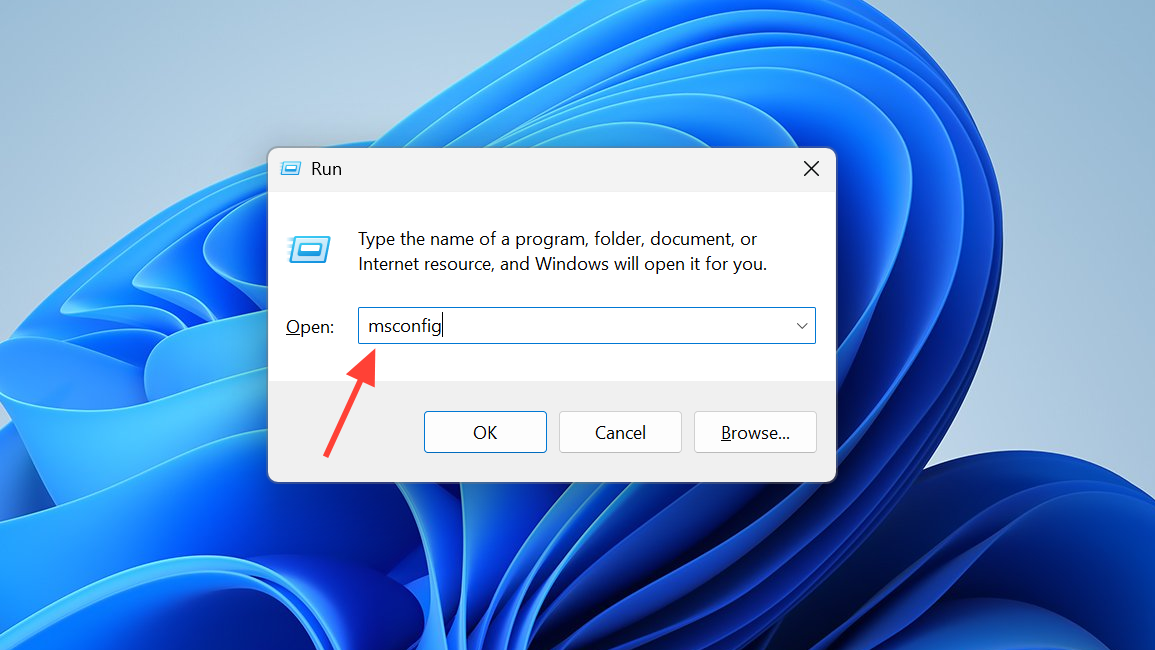
- Open the Services tab.
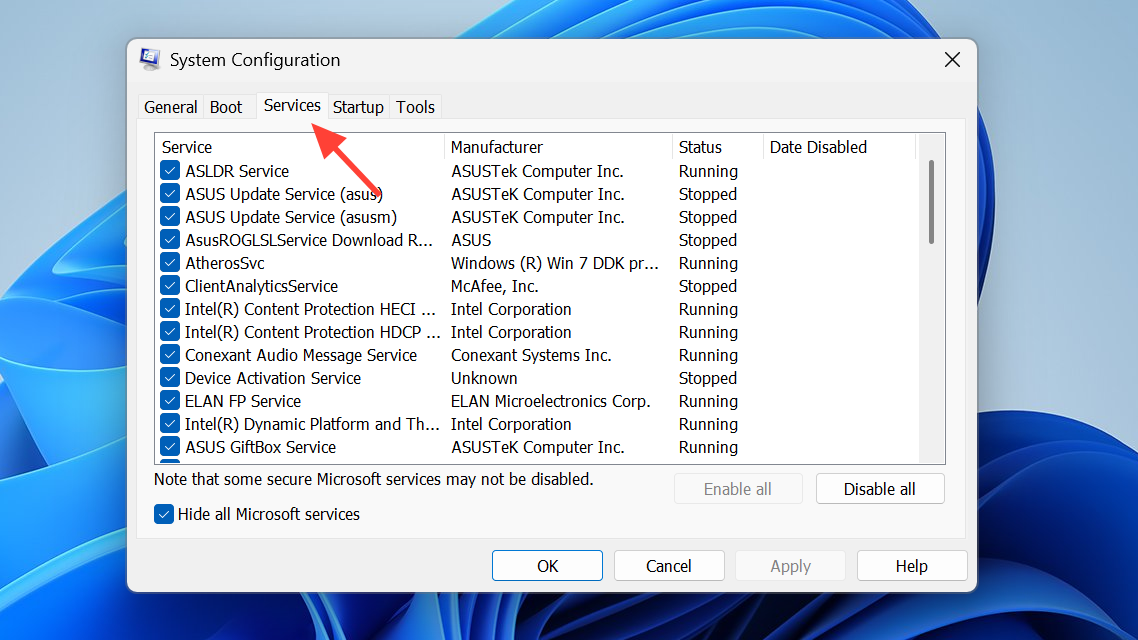
- Check “Hide all Microsoft services.”
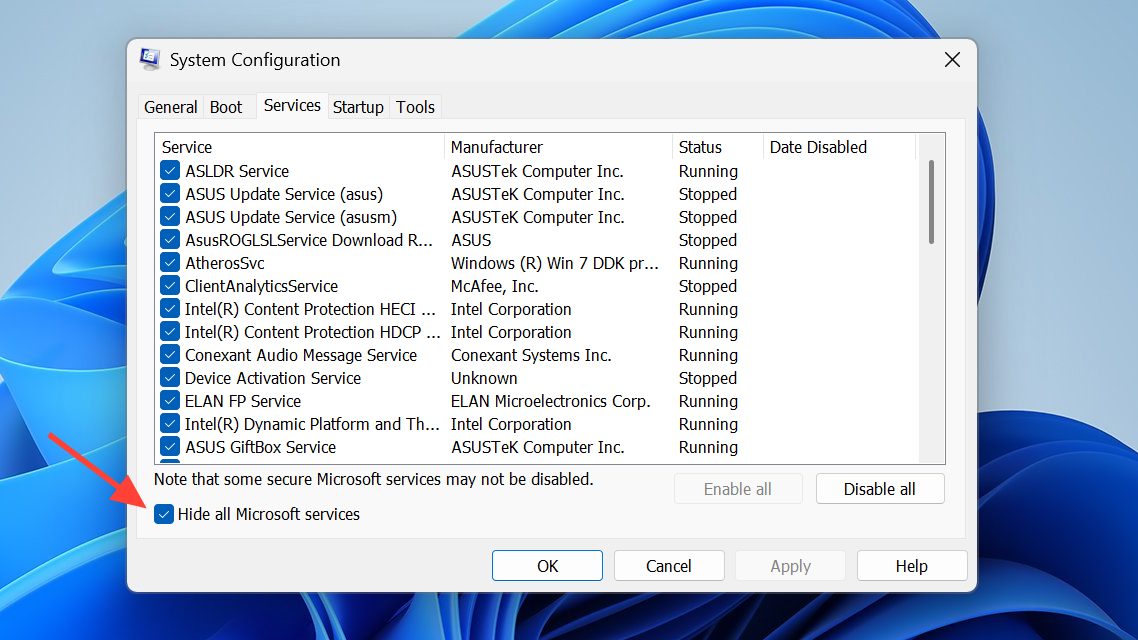
- Click “Disable all.”
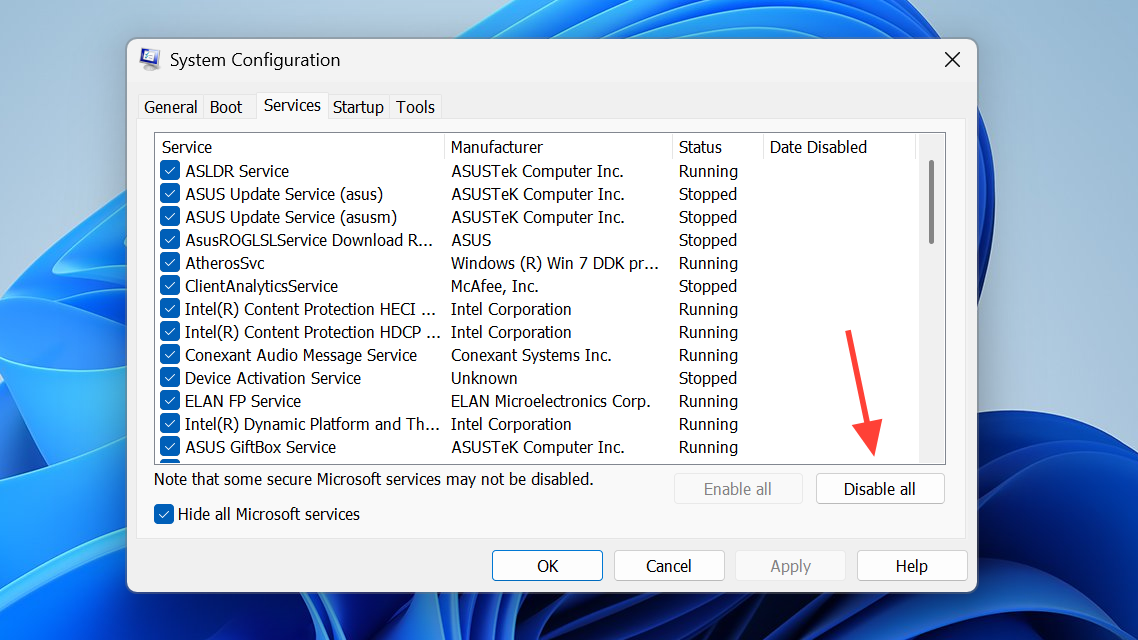
- Find and re‑check the service named
vgc. - Apply and restart your PC.
After reboot, launch 2XKO and test. If performance improves, re‑enable third‑party services gradually to find the culprit.
Frame cap vs. uncap: what to pick
- Set Max framerate to 60 if you want the quietest, coolest system and the most predictable input latency.
- Leave it uncapped if your system stays stable; this primarily affects non‑match scenes like menus and lobbies.
- Keep V‑Sync off to avoid added input lag; if you see tearing on a standard monitor, try enabling your display’s adaptive sync feature instead.
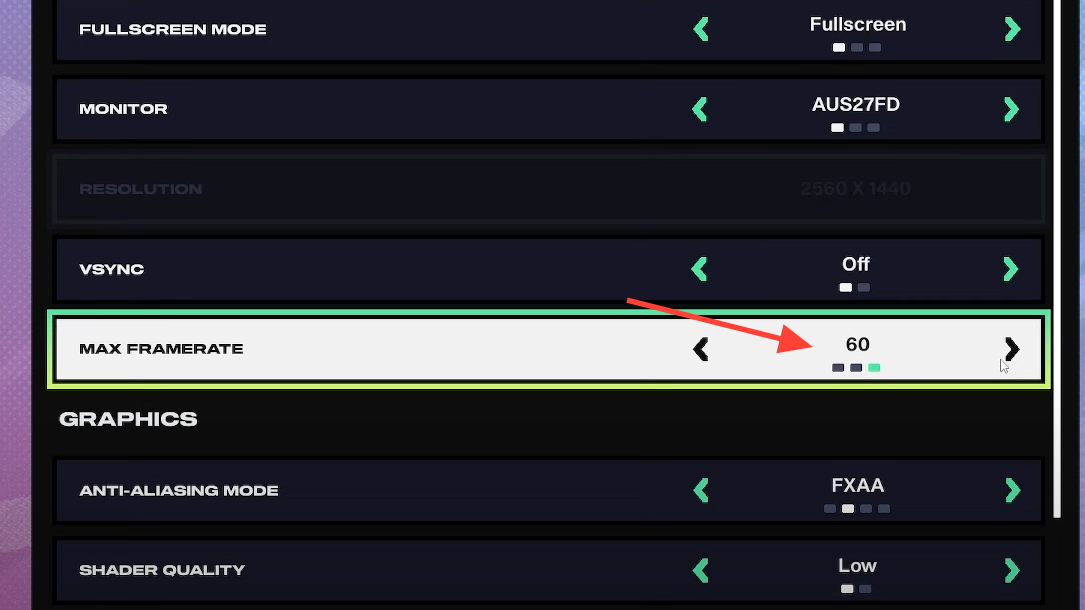
How to apply and verify changes
- Change settings in Settings → Video, then fully restart 2XKO.
- Test a few matches with the same team setup you normally play; watch for frame time spikes during supers, heavy particle effects, and stage transitions.
- If stable, raise Resolution one step. If not, keep Resolution low and try turning off additional eye‑candy outside of matches (where available).
If FPS gets worse the longer you play
If performance degrades after multiple matches or long sessions, a short reset often restores smooth play.
- Exit to the desktop and relaunch the game between sets.
- Close launchers and overlays you don’t need.
- If the game still slows down over time, restart the PC and re‑test. Until addressed in updates, periodic restarts can keep performance consistent.
Still stuttering? Open a 2XKO support ticket
If none of the steps above stabilize your FPS, gather your system details and open a ticket through the 2XKO Support portal at support‑2xko.riotgames.com. Include your hardware specs, a description of when frame drops occur, and which settings you’ve tested. That speeds up troubleshooting.

Bottom line: run Fullscreen, trim expensive effects, and keep drivers current. If you prefer a set‑and‑forget profile, cap at 60fps with V‑Sync off and Shader/Bloom reduced—then nudge Resolution up only after you’ve proved your frame time stays flat.


